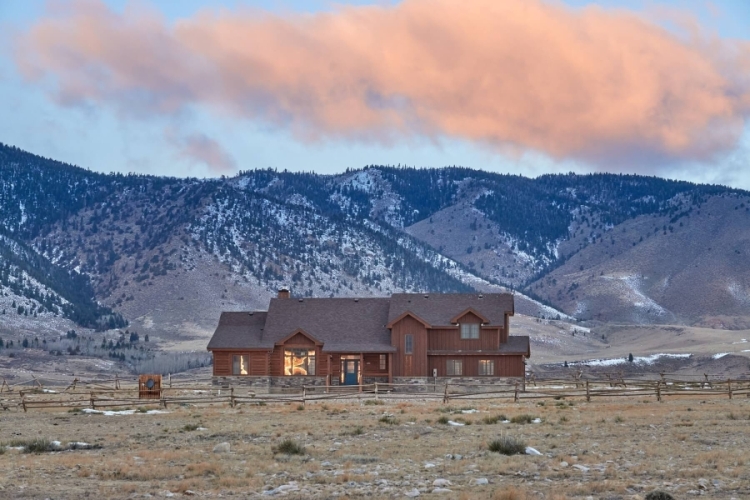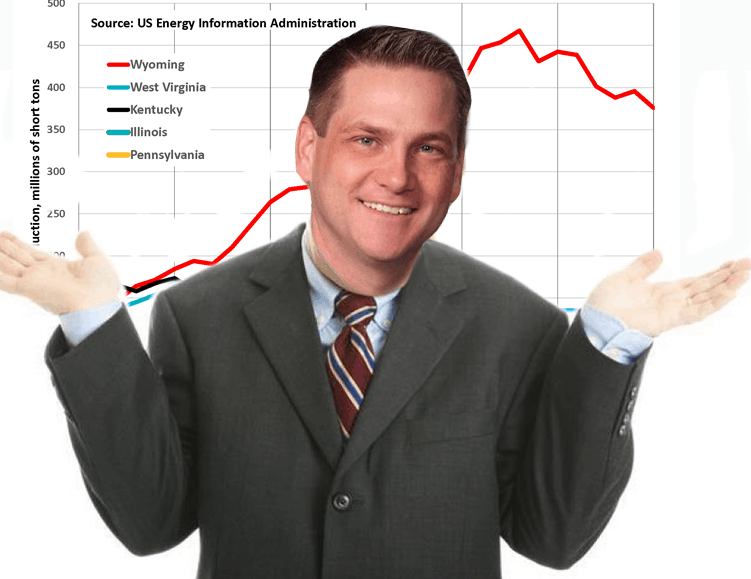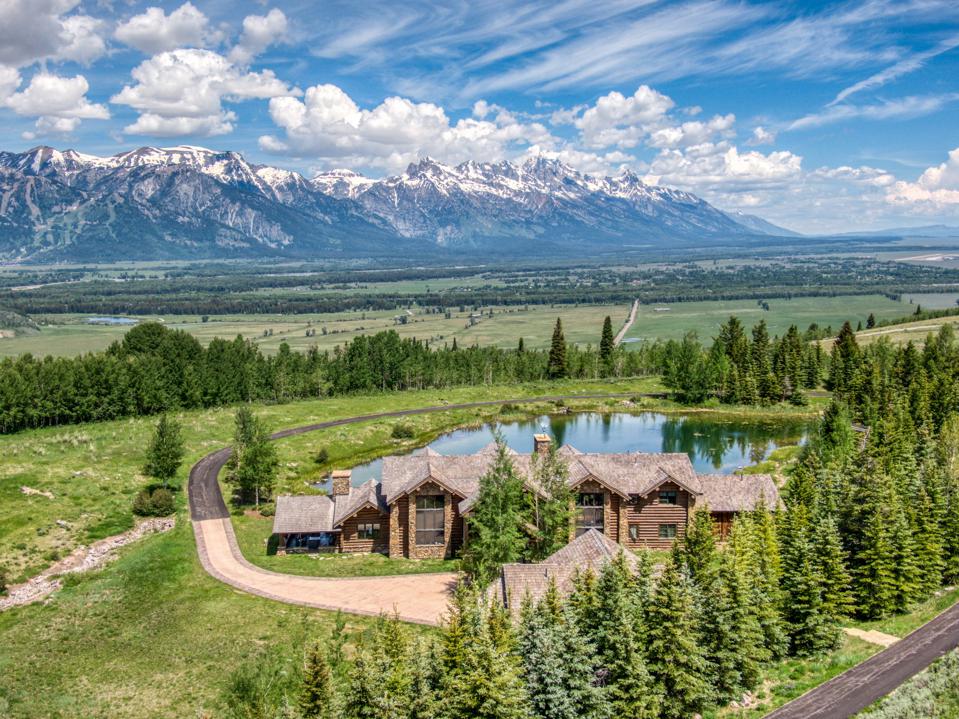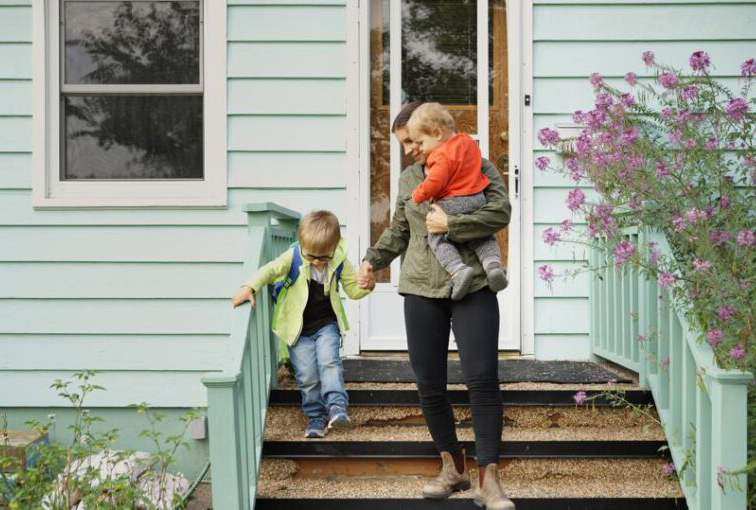Session preview: Somehow, some way, Wyo. property tax relief is coming
Buying a home is a goal for most hard-working Wyoming families, and achieving it is a cause to celebrate.
But many homeowners in recent years have opened their annual property tax bills and been jolted by huge increases. In fact, residential property tax bills in Wyoming have gone up by an average of more than 80 percent over the past six years.
To be clear, the increase is not the result of high state property tax rates. In fact, Wyoming homeowners pay a lower tax rate than those in 46 other states.
Instead, property taxes are going up because they are based on home values, and home values in many parts of Wyoming are rising—a lot.
Several factors contribute to this increase. Ironically, one of the biggest factors is ultra-wealthy people who can pay millions for homes moving to Wyoming for its low tax rates. This drives up the value of homes and, in turn, everyone’s property tax bills.
In Teton County, where the problem is worst, the average home price in 2023 was $8.6 million.

Regardless of the cause, working families in “fancier” areas of Wyoming are being forced out of their homes, and across the state folks are feeling the pinch as they struggle to make mortgage payments and afford other essential expenses like food, transportation, and healthcare. Annual double-digit property tax hikes simply aren’t in their family budgets.
As a result, the Legislature will be compelled to act during the 2024 budget session to address the issue.
Lawmakers will be forced to strike a balance between supplying fiscal relief where it’s needed, making sure that enough property tax revenue remains to fund critical public services, and doing so in a manner that does not make worse Wyoming’s already imbalanced tax system, which charges working people far more than the ultra wealthy.
Property taxes pay for services
Lawmakers can’t simply make property taxes go away, because they pay for public services we all benefit from.
Nearly three-quarters of property tax revenue goes to schools. Most of the rest is earmarked for local governments and “special districts” like hospitals, conservation, fire, weed and pest, etc.
Take away that source of money, and the quality of life in many areas will rapidly decline, and leave governments looking for other things to tax.
Expanding tax relief
Fortunately, Wyoming already has a tax relief program that provides targeted help to people whose taxes are too high.
The Legislature expanded the program last year to meet demand. Lawmakers included $8.2 million in relief funds for the program, so anyone making up to 125 percent of the median household income in their county can receive a property tax break.
Lawmakers can’t simply make property taxes go away, because they pay for public services we all benefit from.
It was a much-needed boost: 9,717 homeowners applied for refunds, and more than 8,800 received them. The average statewide refund was $937.
During the Legislature’s 2024 session, House Bill 4 – Property tax refund program is one of six tax relief bills sponsored by the Joint Revenue Committee, and it has broad political support.
Gov. Mark Gordon recommended spending $20 million on the proposal to the Joint Appropriations Committee.
HB-4 would raise the limit for relief to 175 percent of median household income, by county. Revenue Co-Chairman Rep. Steve Harshman (R-Casper) said “thousands more” will qualify for a refund under the expansion, including a lot of folks on fixed incomes.
Relief for the rich
Unfortunately, some other proposed bills in 2024 would broadly slash property taxes and give breaks to people who can easily afford to pay their fair share.
Wyoming’s tax system already vastly benefits the state’s richest residents, who pay a far smaller portion of their income in taxes than working families.

According to a new report by the Institute on Taxation and Economic Policy (ITEP), Wyoming’s wealthiest One Percent pay just 3.4 percent of their family income on taxes. These are folks who rake in more than $735,000 a year.
Meanwhile, middle-class families in Wyoming with a household income of $95,300 – $143,000 pay 6.9 percent of their income in taxes—roughly double the rate of the state’s ultra-rich.
SF-54 would provide great relief to multi-million-dollar homeowners and smaller relief to others, making the gap between the rich and poor larger. Meanwhile, it would cost the state $85 – 90 million a year.
The poorest Wyomingites, earning less than $29,000, pay more than 11 percent of their earnings to the tax man.
When it comes specifically to property taxes, middle-class families pay more than 3 percent of their income, while the millionaires of Jackson pay less than 2 percent.
Proposals coming before the Legislature in 2024 include Senate File 54 – Homeowner tax exemption, sponsored by the Joint Revenue Committee and championed by co-chairman Sen. Bo Biteman (R-Ranchester). It would primarily benefit the rich by giving owners of a primary residence a flat 25.6 percent exemption of fair market value.
SF-54 would provide great relief to multi-million-dollar homeowners and smaller relief to others, making the gap between the rich and poor larger. Meanwhile, it would cost the state $85 – 90 million a year.
A more modest proposal, HB 45 — Property tax exemption-residential structures, would cap residential property taxes at a 5 percent annual increase.
The bill is sponsored by Rep. Barry Crago (R-Buffalo) and has 29 co-sponsors. The proposal would rein in dramatic tax bill increases while costing roughly half of SF-54.
According to ITEP, the best mechanisms for property tax relief are so-called “circuit breakers”—tax credits that take effect when property tax bills exceed a certain percentage of a person’s income.
Ballot initiative may be unworkable
As the Legislature gears up for the 2024 budget session, a ballot initiative separate from legislative action is making its way around the state, asking voters to approve a residential tax cut of 50 percent.
This would dramatically defund public services in Wyoming, and because it would become baked into the state constitution, it could cause lawmakers to look elsewhere for public funding, including an income tax.
But it might not even be implemented as written, according to the Wyoming County Assessors Association, since the initiative fails to recognize other aspects of the tax collection process in Wyoming.
In any case, the question about property tax relief is not whether it will soon take place, but in what form and to what degree.






